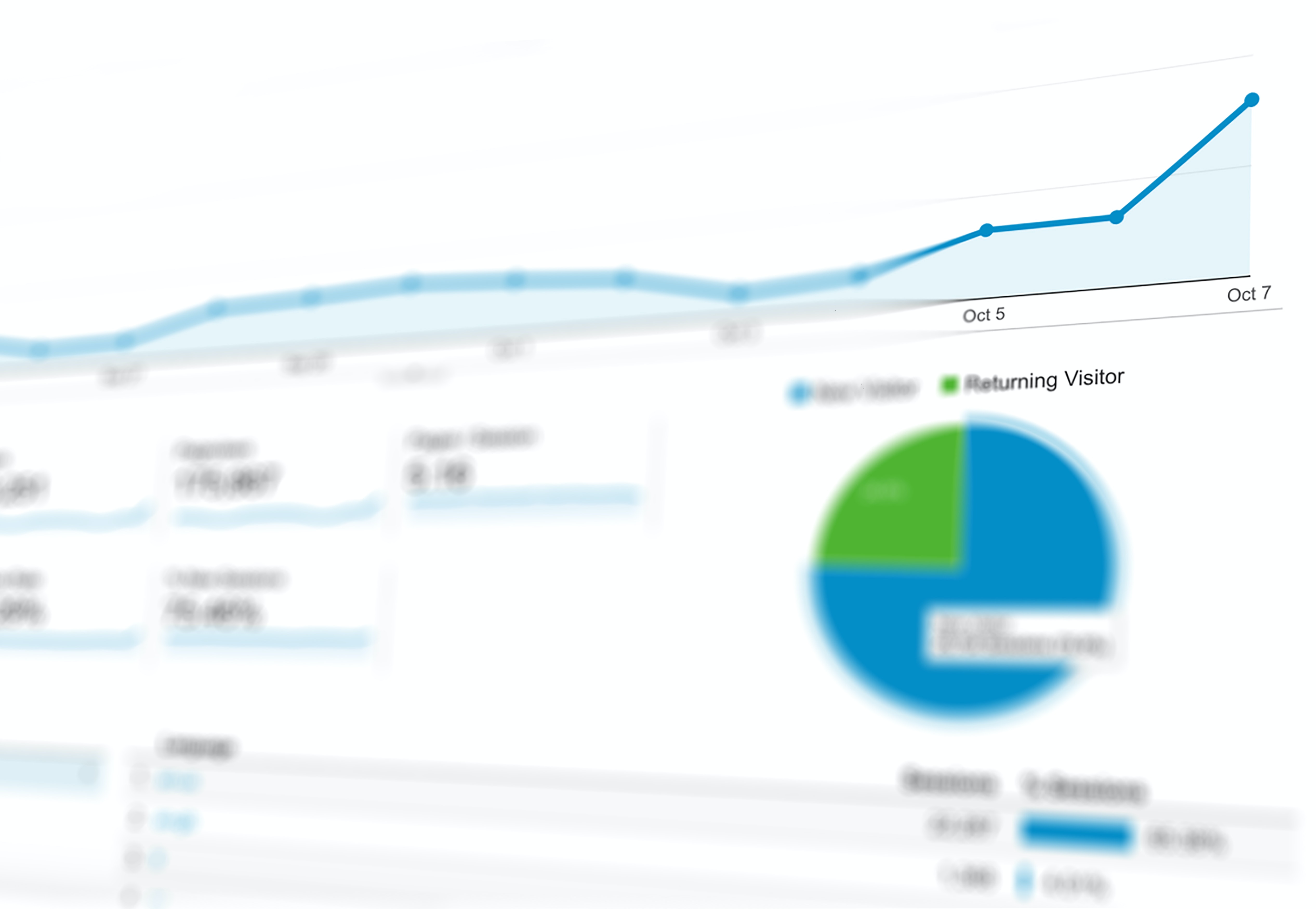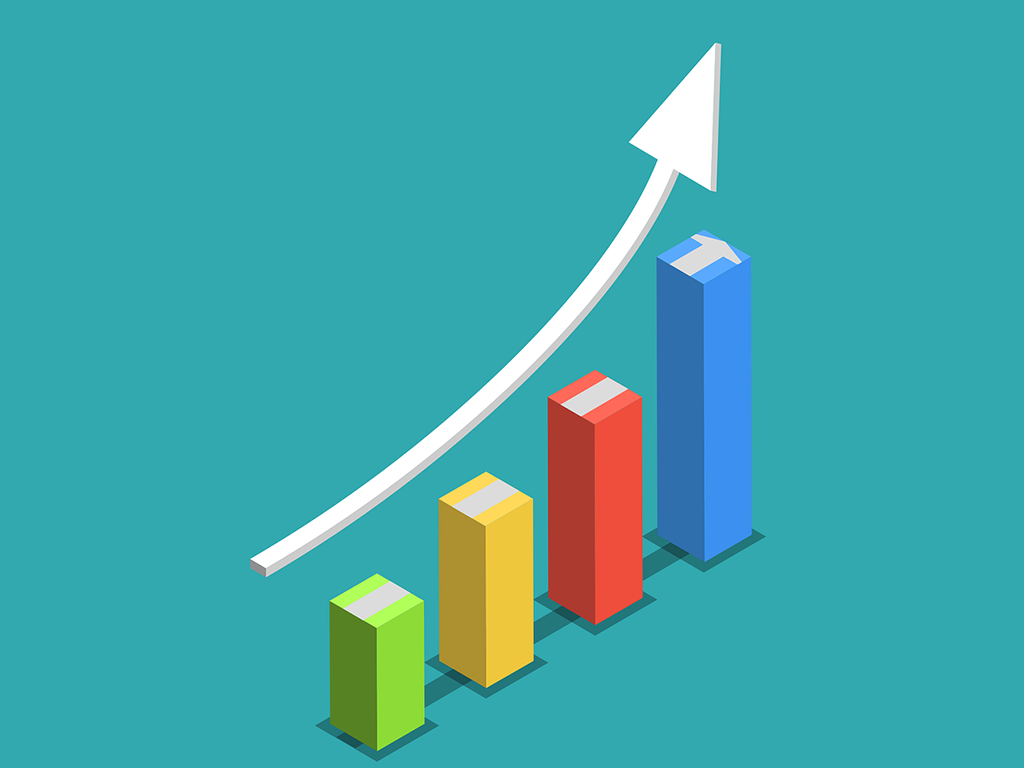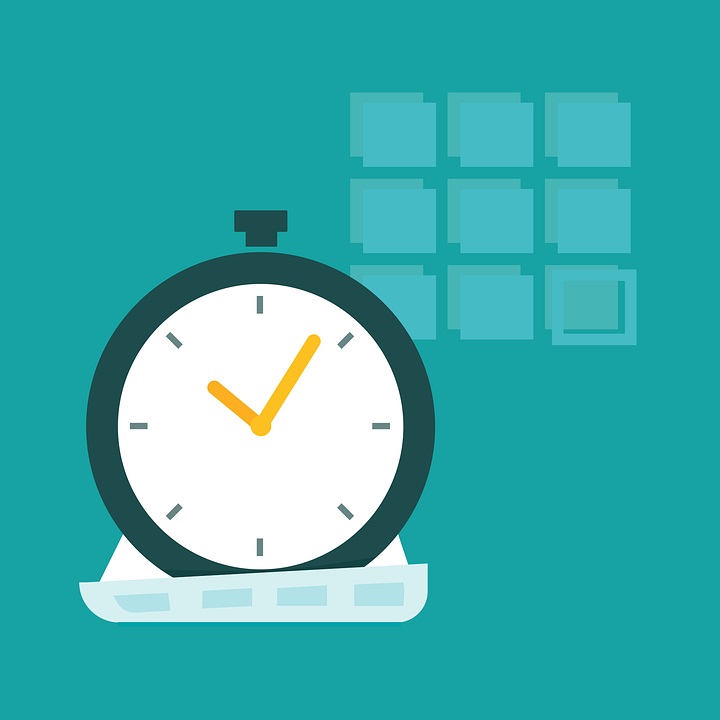Overview of Development Process
At WiztecBD, the software development process is tailored to deliver the high-quality software that your business needs. And it is on time and within budget.
Development Process Steps

Business analysis
To assist you to elaborate the concept of your needs or software, our analytics will elicit your needs and turn them into requirements

Development Process and Management
We design UI and UX in every project to build a future-proof architecture along with integration, coding & deployment processes. Project management is taken care of and reports are being sent to you on a regular basis.

Change management
We review if there is any changes required for the software with all parties concerned. We also analyze how the change will impact the software/product. Before any implementation we ensure the adaptability.

Project delivery
We deliver the projects on time. We value our clients’ demands and complete the project before the deadline. We care about our clients’ feedback and review them accordingly.
Upon software completion, we offer maintenance and support services to help continuously improve software.
Benefits of Working with Us

Time Efficiency

Updated Technology

Placement Opportunities

Information Security

Experienced Development Team
Planning
Any great idea needs to be carefully thought over to be implemented. Precise planning is the primary and one of the core phases of software development or product development. It determines the scope of the project, defines means and ways for the new system so that it can meet business objectives. It also meets resource availability, timeframes, and determines solutions.
Analysis
During this phase of the development process, the project is defined in detail, and the analysis of the project is carried out.
To bring forth a suitable solution, only code and beautiful design are not enough. The development team needs to get a deeper understanding of the project. Analysis displays all the technical and economic aspects of the application development process.
The analysis also identifies the risks at the initial stage so that risk mitigation strategies can be worked out from the early stage. Analysis of project performance and requirements is necessary for the success of the development lifecycle.
Design
Design is a leading component of the product development cycle.
During the design phase, the detailed architecture meeting specific project requirements are created.
Custom-tailored projects or applications sets definite workflows and standards . It also embraces overall product design together with design and database structure. During this phase, the whole structure of the project is built and mockups are used for the next stage.
Starting from the functionality of the solution and defining the central components, tools for the structure capabilities, future development, and objectives of the proposed solution are inclusive in this phase.
Development & Implementation
The development phase is about writing code and converting design documentation into the actual software/product within the development process.
This stage is generally the longest of the whole process and there are several vital things to pay attention to. The software engineering team has to make sure their code meets the requirements specifications, conforms to the clients’ requirements, etc.
In this stage the actual installation of the solution takes place. It is done step-by-step according to the implementation plan. The newly built and tested application is moved to production including data and components transfer while during the next releases only the specific changes will be deployed. Now system analysts and the end-users can see and try out the ready application.
Testing & Integration
Now that the software/application/project is built and completed the next phase involving system testing and integration starts. Depending on the adopted testing processes it might vary.
But typically the engineers use a whole range of frameworks alongside continuous integration executing unit tests, automation compilation, and testing
The Quality Assurance team conducts a series of tests including functionality testing, systems integration, and user acceptance testing, etc. Now that the project is bug-free, it is ready to go.
Maintenance
The final stage of the development lifecycle includes maintenance and regular updates. The phase is treated with the utmost attention since during the stage the product is polished, upgraded, enhanced, and fine-tuned according to the real-world feedback on its performance. That’s exactly perfect timing to robust the application’s functionalities to upgrade its performance and modify according to the actual needs of the end-user add new capabilities or meet additional user requirements.
